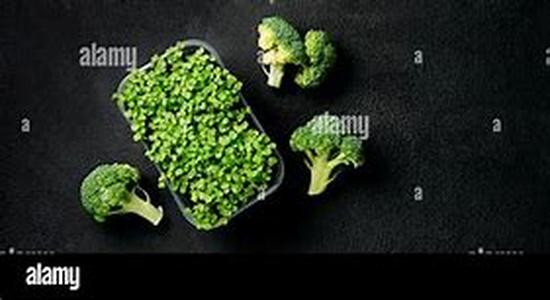
Hematology RDW Or Red Cell Distribution Width Is One Of The Many Tests Used By Hematologists And Laboratory Technicians To Analyze Blood Samples In An Effort To Accurately Diagnose A Patients Condition. Specifically, Hematology RDW Measures Size Variability Of Red Blood Cell Population. The Red Blood Cell (or Erythrocyte) Is The Most Common Type Of Blood Cell Found In The Body. Its Primary Function Is To Deliver Oxygen From The Lungs To Body Tissues Via The Blood. Hemoglobin, A Complex Molecule, Is What Makes The Cell Red As It Temporarily Binds With Iron Atoms And Oxygen Molecules To Release Them Throughout The Body. The Population Of Red Blood Cell In The Blood Is Indicative Of A Persons Health Status. Adult Humans Have Roughly About Four To Five Million (in Women) Or Five To Six Million (in Men) Erythrocytes Per Cubic Millimeter Of Blood. A Low Or High Red Blood Cell Count Usually Means There Is A Problem In The Normal Functioning Of The Blood. When Blood Cell Counts Are Being Done With Electronic Instruments, The Pulses Produced By The RBC Can Be Measured Through A Variety Of Sensory Features. The Height Of These Pulses Is Proportional To The Size. Hematology RDW Is One Such Test That Deals With Blood Cell Measurements. The Higher The Hematology RDW Numbers Usually Means The Greater The Variation In Size. What The RDW Test MeansIn A Hematology RDW Test, The Normal Range Is 11.5 To 14.5 Percent. The Test Measures The Coefficient Of Variability Or CV Of The Patients Individual Red Cell Volume. Mathematically, The Formula For Hematology RDW Looks Like This:RDW (Standard Deviation Of Red Cell Volume Mean Cell Volume) X 100Thus, An Increase In Hematology RDW Results Means That There Is A Higher Than Normal Variation In The Red Cell Size. This Is Termed Heterogenous RDW, As Opposed To Homogenous RDW Which Is Considered Normal. The Value Of Hematology RDWHematology RDW Is Often Used To Test For Anemia And Its Different Morphologic Classifications. For Example, If The Person Has Iron Deficiency, The Microcytic Red Blood Cells Would Be Low In Number. This Results In An Increase In The Standard Deviation And The Hematology RDW. However, Since There Are Insufficient Numbers Of Microcytic Cells, The Mean Cell Volume Remains Largely Unchanged. In Nutritional Anemias, Like Iron, Folate Or Cobalamin Deficiency, Hematology RDW Is Usually High. However, When It Comes To Disorders Like Thalassemia Minor Or Macrocytosis Of Liver Disease, Hematology RDW Is Notably Low. There Are Inherent Limitations To Hematology RDW A Means Of Diagnosing Anemia, As A Result Of Which An Overlap Between Distributors Of Both Healthy And Anemic Persons Can Occur. In Order To Effectively Make Use Of These Data, Physicians Are Advised To Be Aware Of This Limitation.





